What Is Amyotrophic Lateral Sclerosis?
Amyotrophic Lateral Sclerosis, or ALS, is a neurodegenerative disease. It’s a motor neuron disease. It attacks those neurons with a motor function. These neurons are the ones that move our limbs and make us speak and swallow.
Because of this, ALS can be terrible. Patients lose their ability to speak, move and swallow. Meanwhile, their thinking capacity is, for the most part, intact.
There are around 2-5 patients for every 100.000 people. That means there are around 30.000 cases in the EEUU alone.
There have been some famous cases of Amyotrophic Lateral Sclerosis during history…
· Stephen Hawking
The world-famous cosmologist. He was diagnosed with ALS when he was 21. However, ALS didn’t stop him from becoming one of the world’s most brilliant scientists. His case is unusual though, as patients usually have a much shorter lifespan than he did. He died at 74 years old, whereas the usually lifespan is 2-3 years. Scientists think he had a slow-progressing form of the disease.
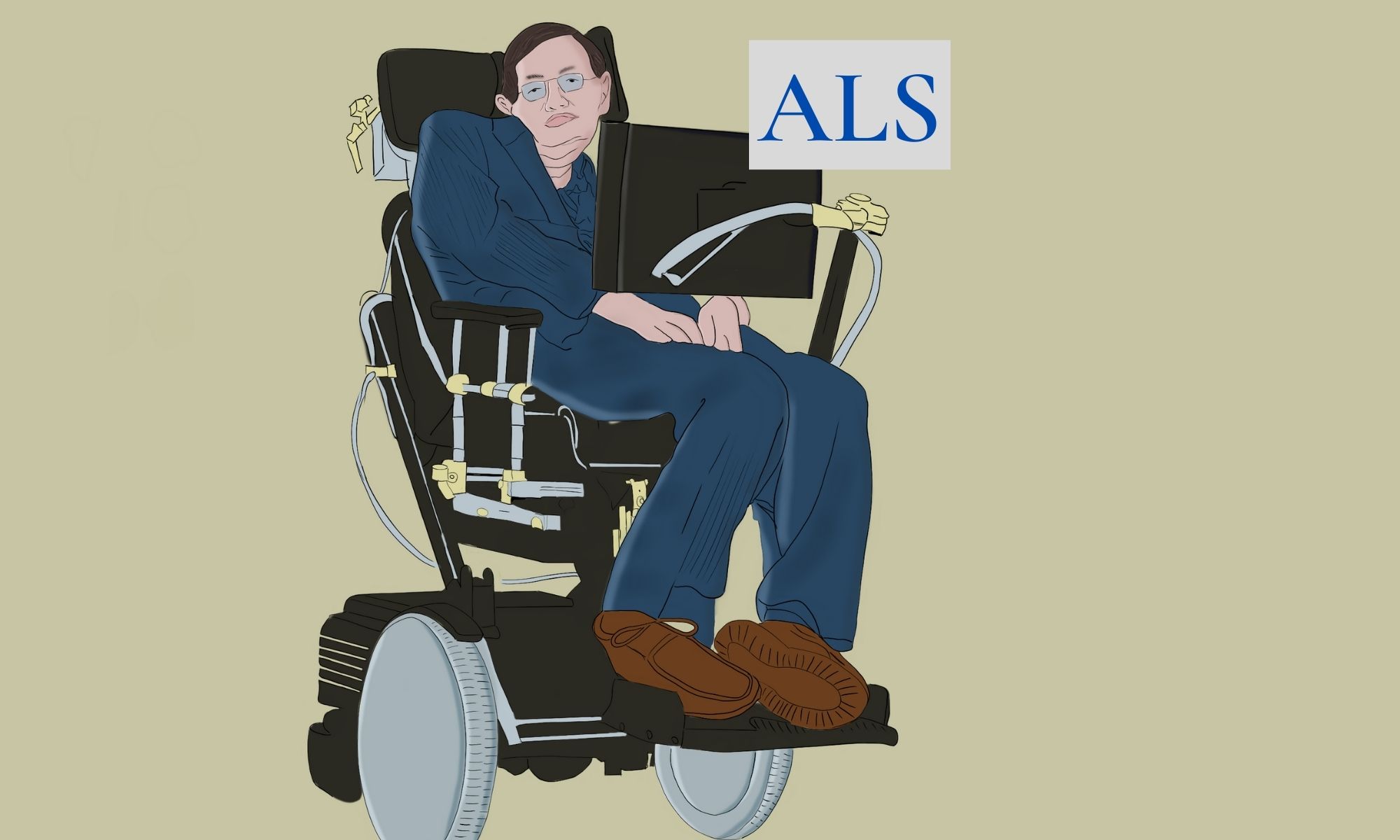
· Lou Gehrig
He was a very well-known baseball player. Lou played from 1923 to 1939. In 1939, he had to retire because of Amyotrophic Lateral Sclerosis. His case was more typical than Hawking’s, as he died two years after his diagnosis, in 1941.
He was a great player. However, he began to notice he was losing his power and speed. He could hit the ball, but the ball wouldn’t go far. He literally said: “I tired midseason. I don’t know why, but I just couldn’t get going again.” Now we know that was because of ALS. At first, doctors didn’t know what was going on with him. Finally, he went to the Mayo Clinic, where a team of doctors diagnosed him with Amyotrophic Lateral Sclerosis.
· Jason Becker
Jason Becker is another unusual case, as he has been living with ALS for over 30 years. He is a famous guitar player.
In 1989, he started noticing a limp. It turned out to be ALS. He deteriorated very slowly until 1997. From 1997, however, he has remained stable. At some point he lost the ability to speak. Still, he is able to communicate through a computer system by moving his eyes.
What’s more fascinating: he still composes music with the aid of his computer.
… And the world-famous ice bucket challenge
A new trend arose in 2014: the “Ice Bucket Challenge”. If you were around social media at that time you probably remember it: people appeared on a camera holding a bucket filled with water and ice. In the video, they said the name of the person that had nominated them. Then, they poured the frozen water on their heads. Finally, they nominated 5 more people.
If you accepted the challenge, you had to donate 10 dollars to ALS research. If you were nominated but didn’t accept the challenge, you’d have to donate 100 dollars.
Many famous people were involved in the initiative, like Kim Kardashian, Benedict Cumberbatch, Matt Damon and Victoria Beckham. In the end, the challenge gathered over 200 million dollars.
Is there a cause for amyotrophic lateral sclerosis?
There is not a well known cause. 90% of cases are sporadic, while the other 10% are “familial”.
In familial cases, there are certain mutations that make them prone to ALS. A case is “familial” when there is another first-degree relative with ALS.
What are the symptoms of amyotrophic lateral sclerosis?
ALS is a motor neuron disease and so, it affects neurons in the brain and in the spine. These neurons are mainly in charge of movement. With ALS, these motor neurons start dying. As a consequence, patients lose their ability to move and speak.
ALS is and example of upper and lower motor neuron disease. Because it affects both (upper and lower) neurons, it can cause a mix of opposed symptoms. For example it can cause spasticity and flaccid muscles or stiffness with muscle atrophy.
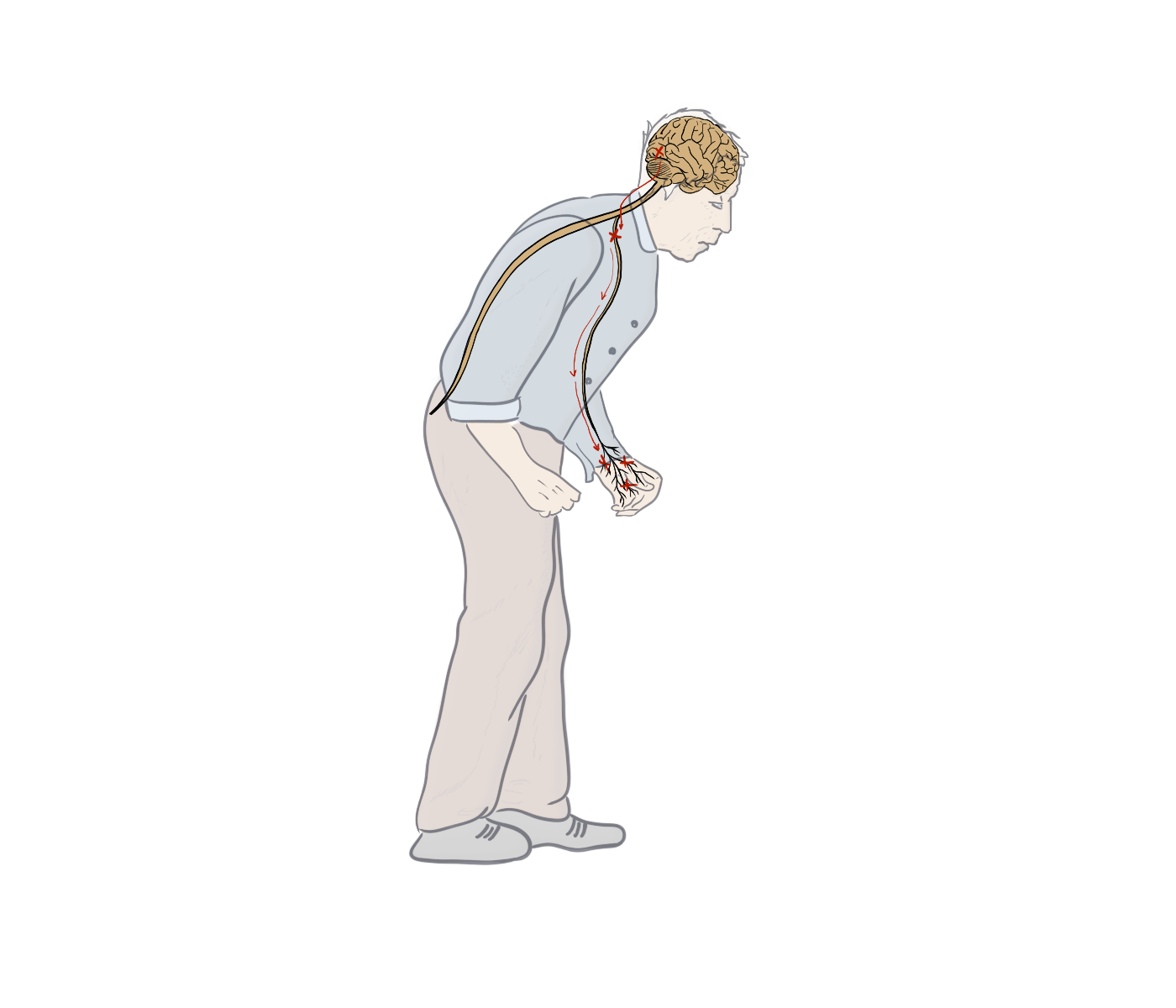
There are 2 variants of the disease. The first is limb-onset ALS, which starts in the legs or arms. Patients have difficulty walking, can’t tie their laces… As time goes by, they also develop speech and swallowing trouble. But in the beginning, their symptoms are limited to their limbs.
The other variant is bulbar-onset ALS: in this case symptoms start around the mouth and neck. There is damage to the medulla oblongata, which controls swallowing, speaking… They may have difficulty breathing, but it’s uncommon. Most patients with ALS have preserved breathing during the first stages of the disease. This is because there are 2 types of muscle that control breathing: the diaphragm and accessory voluntary muscles. The diaphragm works automatically, he is the reason we breathe while we are sleeping. The accessory muscles we use them when we need an extra deep breath. For example when we are running. Patients with ALS can have weak voluntary muscles but their diaphragm works fine.
The first symptoms of ALS are subtle, like a slight weakness or clumsiness. As the disease progresses, patients develop spasticity and stiff muscles. Also, they can get muscle atrophy and fasciculations (muscles twitch under the skin). By now, patients have trouble walking and speaking.
Most patients experience pain. Unlike the pain we are used to, they have “neuropathic pain”. This pain is caused by nerve damage, it feels like an electric discharge. Similar to when you hit your elbow in your “funny bone” (very unpleasant).
As time goes by, swallowing problems become frequent, more so in “bulbar-onset ALS”. This causes them to choke on food and sometimes get bronchoaspiration pneumonia (food goes into the lungs instead). Some patients may require a gastrostomy for this reason.
In the final stage, breathing gets affected, too, which can become the cause of death. Patients sometimes stop breathing in their sleep.
There are some functions that are preserved, however. For example, patients usually keep their bladder control, they don’t have incontinence.
Also, most patients have preserved cognitive functions. There is a deterioration of the body but the brain remains intact for the most part. Only a small percentage of patients will develop some cognitive dysfunction or dementia.
What’s The Average Duration Of ALS?
Most cases progress quickly in a matter of months. Unfortunately, patients usually die 2 to 4 years after diagnosis. There have been some famous cases of people living for decades with ALS. Some examples are Stephen Hawking and Jason Becker, but they are very uncommon cases.
How do you diagnose ALS?
Unfortunately, there is no test that can provide the diagnosis on its own. Not lab tests, not MRI…
To diagnose ALS, we use clinical criteria. Your neurologist will examine you and perform some clinical tests i.e. check your reflexes, muscle tone…
However there are some tests that can help with the diagnosis. For example, electromyography can show some signs of denervation, typical of ALS. Also, a spine MRI can exclude other conditions such as cervical herniation, which can mimic ALS.
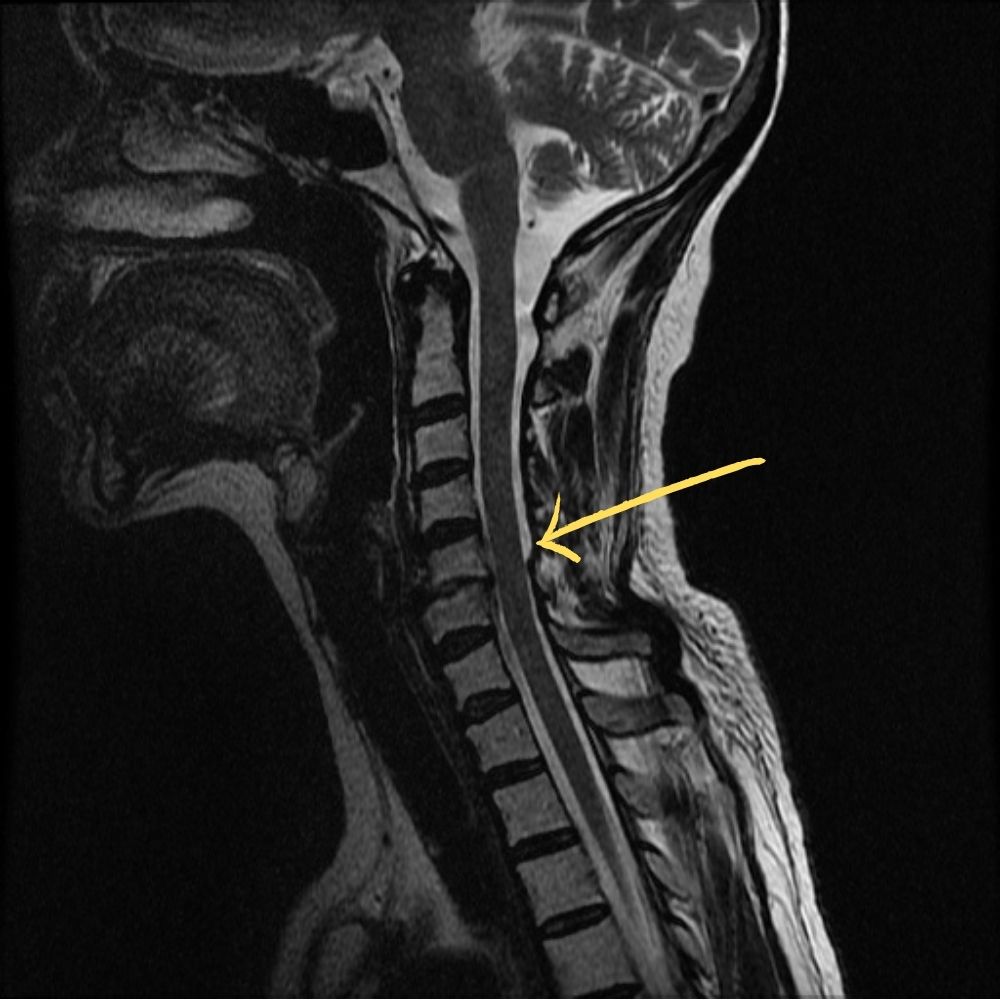
How do you treat amyotrophic lateral sclerosis?
There is no cure for ALS. Instead, we try to improve the patient’s quality of life.
There is one drug, Riluzole, that can improve survival slightly, by 2 to 3 months. It delays the need for assisted ventilation and you can take it either as a tablet or in liquid form.
There are also some drugs that can improve symptoms, like gabapentin for neuropathic pain or baclofen for spasticity.
Another useful measure is non-invasive ventilation. We use it for respiratory failure and it can improve quality of life and survival. In fact, it prolongs survival longer than Riluzole. It works better for patients with limb-onset ALS. Non-invasive ventilation consists of a mask that applies positive-pressure oxygen. Patients use it in the end stages and they use it at night.
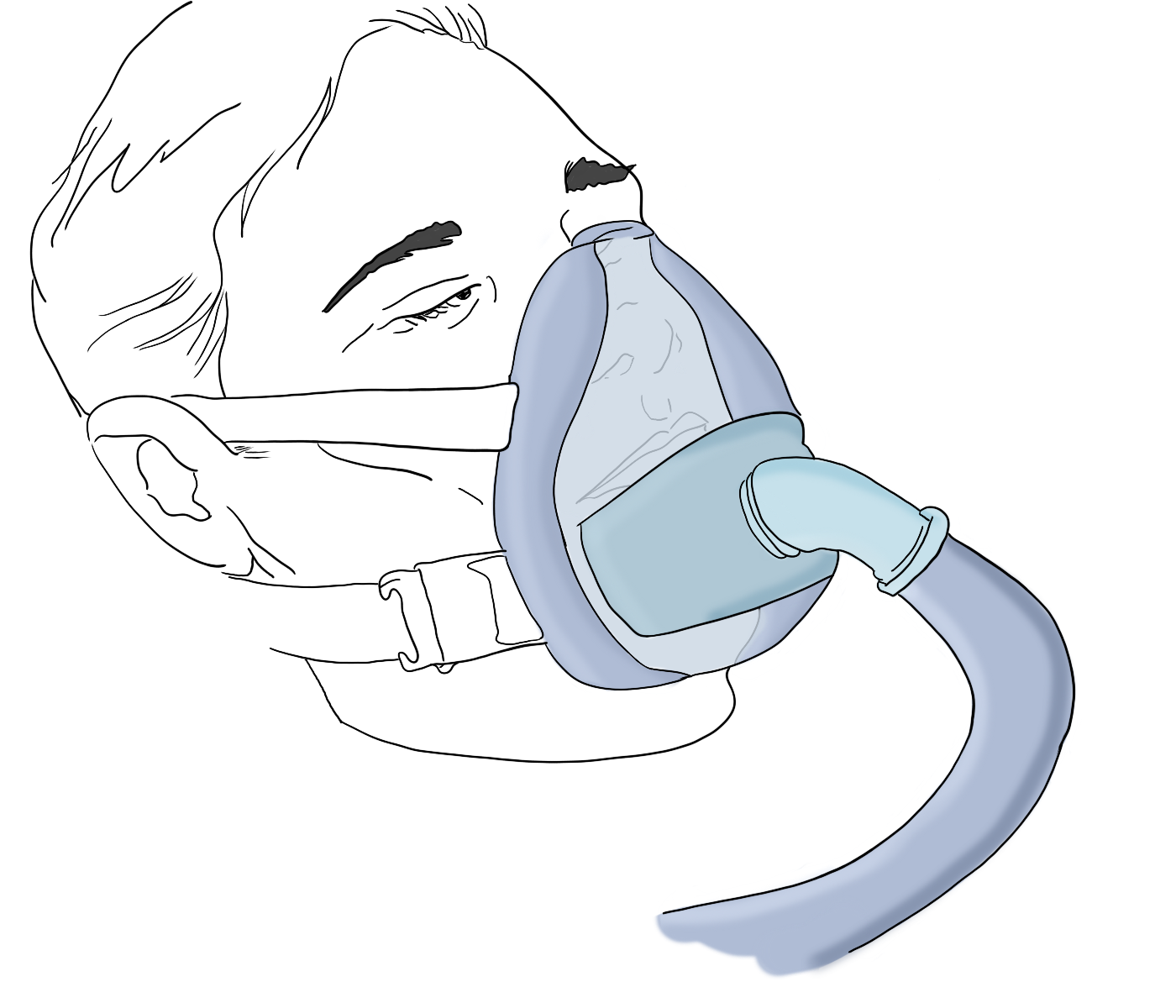
Some countries use invasive ventilation. It is similar, but with a tracheostomy and a ventilator attached to it. Although it may improve survival, it also decreases quality of life, so many countries don’t use it.
Also, some patients benefit from a gastrostomy. It’s useful for those who can’t swallow so the can’t feed themselves properly. It’s a tube that goes directly into the stomach, through the skin.
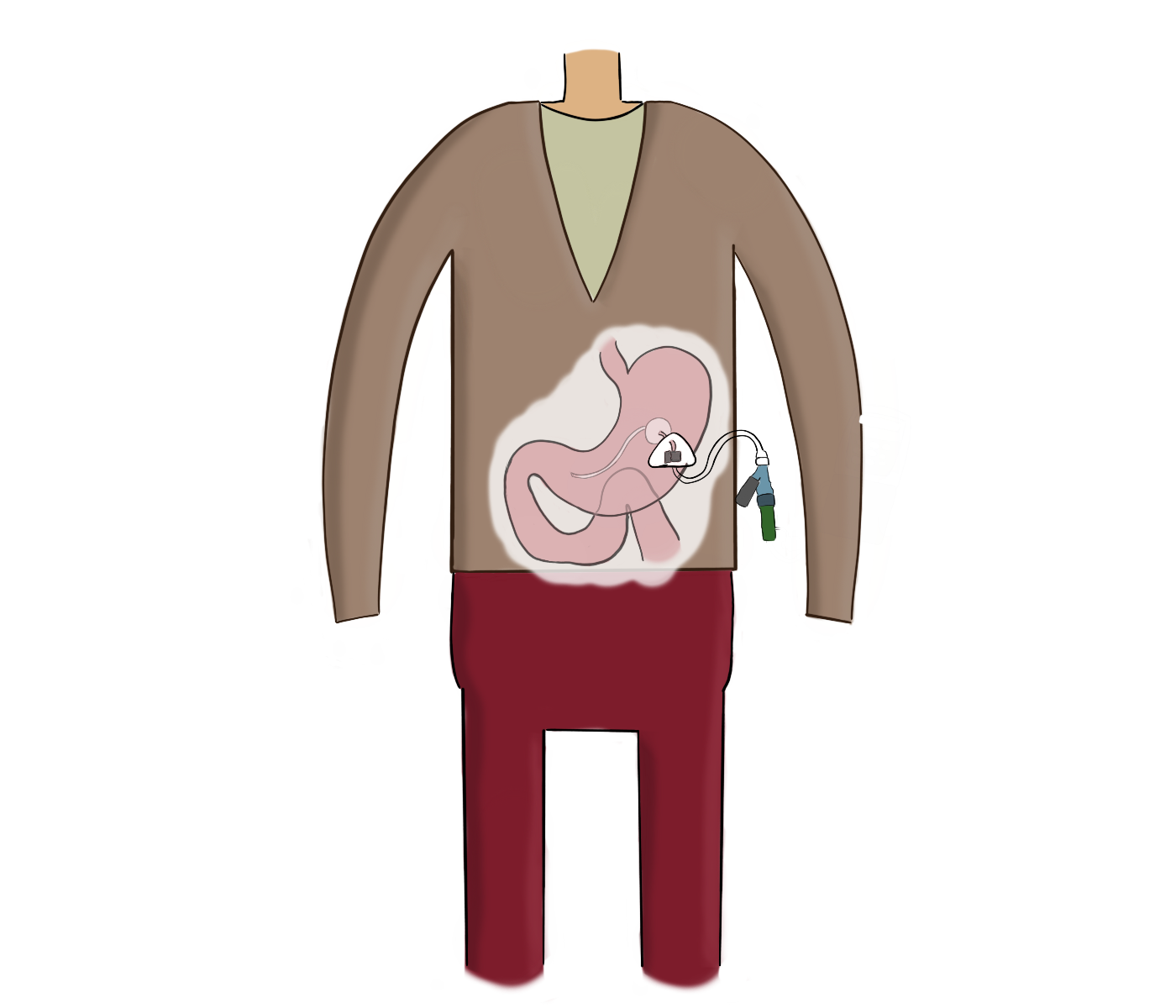
Leave a Reply